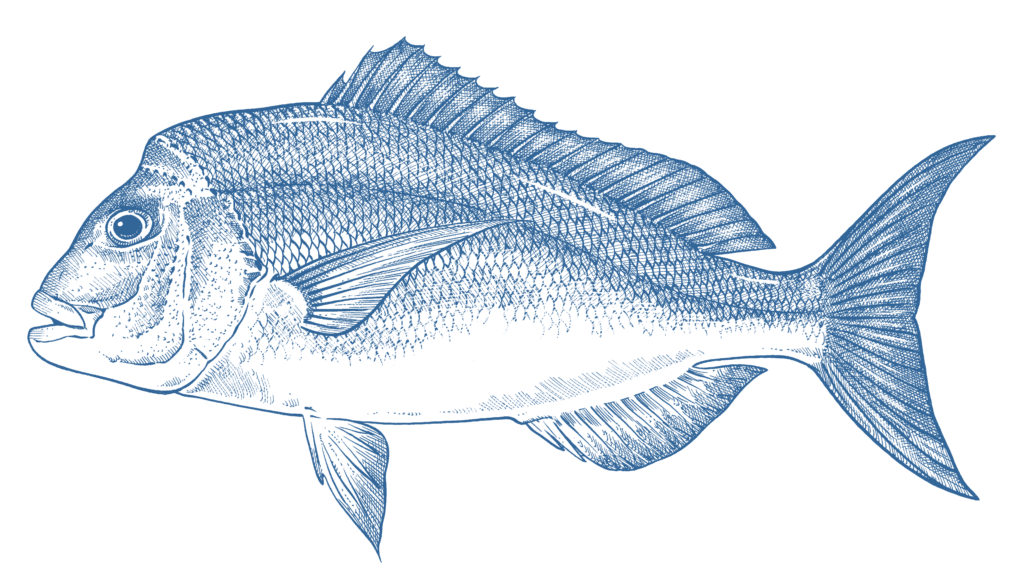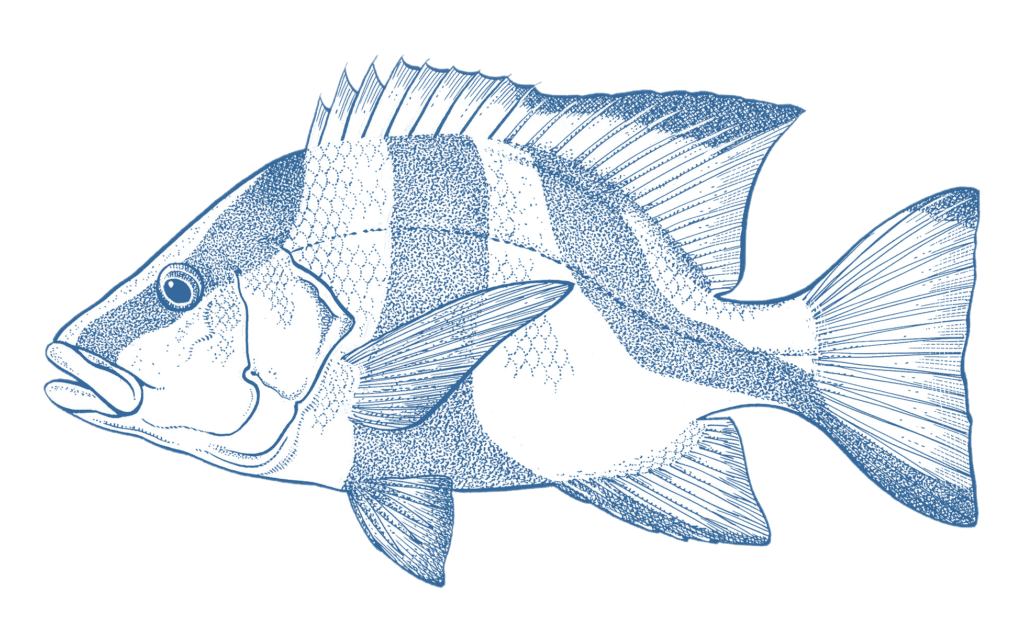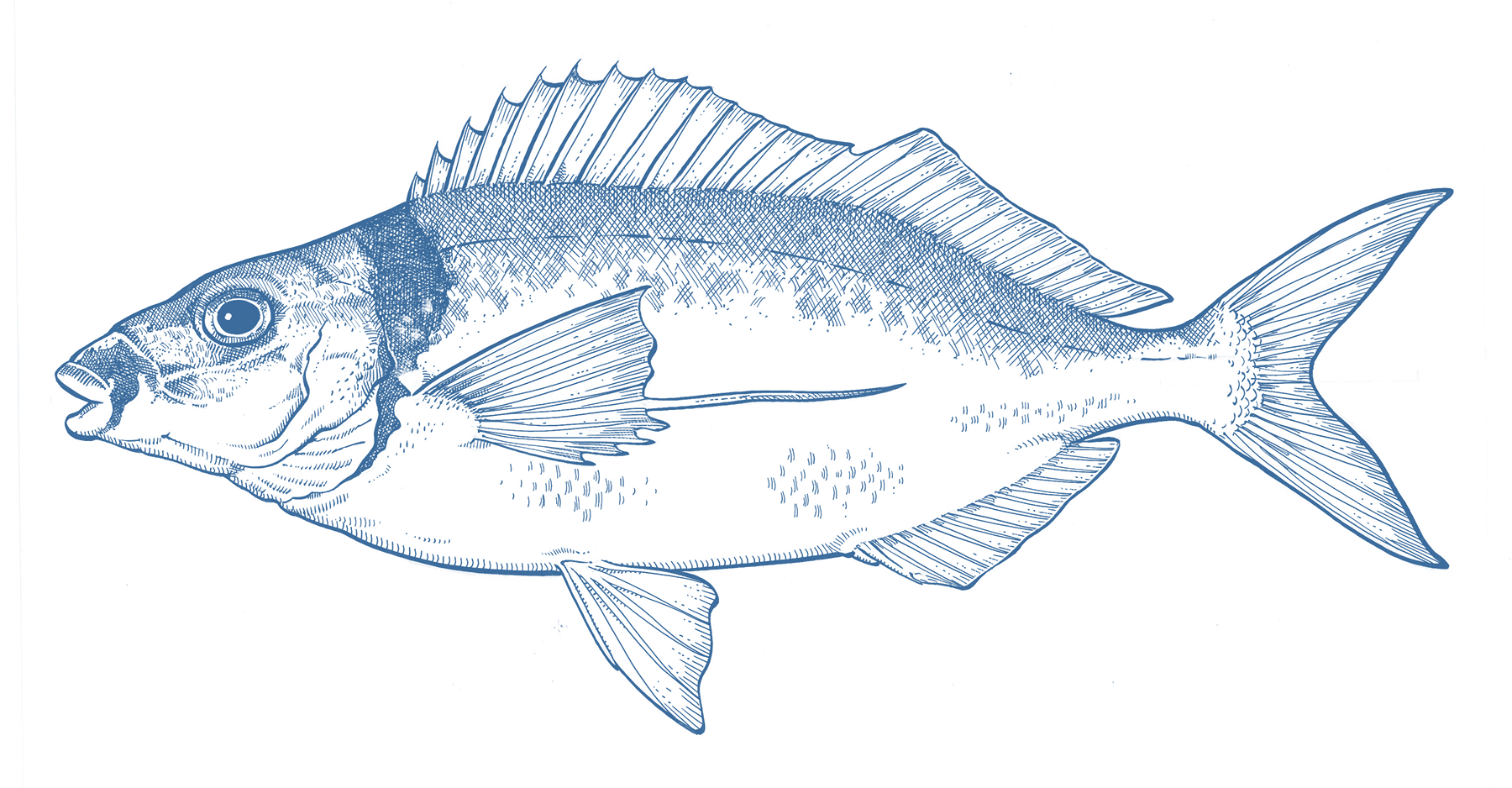
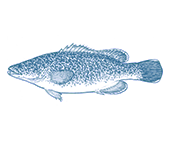

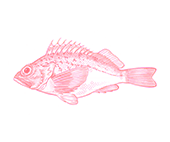
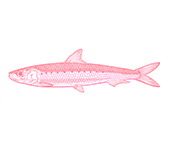
- Say No
Wild Caught
Region:
Commonwealth waters
- Jackass morwong are caught using bottom trawl and Danish seine fishing methods in the Commonwealth Southern and Eastern Scalefish and Shark Fishery (SESSF).
- Jackass morwong used to be a mainstay of the eastern Australian commercial fishery, with catches of >1000t/yr sustained for 50 years until a steady decline to their current state from the 1990s. They are now seriously overfished.
- The fishery catches some threatened species such as Australian fur seals, shortfin mako sharks and seabirds, although industry has been proactive in trying to reduce mortalities of these vulnerable species.
- The fishery can no longer catch target species without causing further depletion of a range of seriously overfished species. No other Australian fishery has pushed as many former target species onto our endangered species lists.
- The fishery operates around a major global ocean heating hotspot but does not explicitly account for climate change when setting future catch limits. Significant research is welcome in this area but is overdue.
- There has been significant research into the ecosystem impacts of the fishery, but marine park protections are seriously inadequate and if improved could significantly increase the resilience of target and bycatch species, and vulnerable seafloor habitats.
- The fishery is expected to undergo its second round of major reforms, and implement vital camera monitoring across the fleet in coming years. This has the potential to significantly improve the GoodFish ranking of this fishery in future.
- Commonwealth Southern and Eastern Scalefish and Shark Fishery (Commonwealth Trawl Sector) (98t in 2020/21)
Jackass morwong is a demersal predatory fish found on the continental shelf and upper slope in depths up to 450 metres. They are commonly caught at depths between 80 and 170 metres as a byproduct species associated with fishing targeting tiger flathead and whiting on the shelf. The are found on sandy or muddy habitats in continental-shelf and upper-slope waters from northern New South Wales through Bass Strait and around Tasmania to south-east South Australia, and are also caught in New Zealand where they are known as Tarakihi.
Jackass morwong used to be a mainstay of the eastern Australian commercial fishery, with catches of >1000t/yr sustained for 50 years until a steady decline to their current seriously overfished state from the 1990s.
Fishery managers attributed a climate change driven shift in the fishery’s productivity since at least 2013, but have not explicitly incorporated climate considerations into catch decisions in the intervening decade. Efforts to draw attention to the decline of the fishery were discounted by managers in recent years, and the fishery maintained it’s official ‘sustainable’ tag until 2022, when a significant reform package was announced for the fishery, the ongoing decline of jackass morwong nominated as a key factor.
They are caught using bottom trawl and Danish seine net fishing methods in the Commonwealth-managed Southern and Eastern Scalefish and Shark Fishery (SESSF), which is Australia’s largest source of locally caught finfish for the domestic market.
The fishery has made significant progress in reducing protected seabird bycatch, though fur seal bycatch is potentially increasing. Seal Excluder Devices (SEDs), which act as escape hatches for seals that enter trawl nets, are mandatory. All trawl boats must have a seabird management plan in place to guide how each boat aims to reduce interactions with seabirds while actively fishing. Many of the solutions to seabird interactions have been fishing industry-led innovations and are proving highly successful in reducing these impacts.
Most concerning is bycatch of a range of fishes which used to be primary or secondary target species of the fishery, that have been so severely overfished by the SESSF that they are now on the Australian Threatened, Endangered or Protected Species lists.
No Australian fishery has pushed more of its former target and secondary species onto our endangered species lists, and there is no evidence of recovery for most of these species. Special rebuilding strategies that allow these species to be caught and sold while holding this protected status are largely failing to deliver sufficient if any actual rebuilding.
Without major reform, AMCS expects more species caught by the SESSF to be placed on the Australian endangered species list than will recover off it in the foreseeable future.
At time of assessment the SESSF trawl fishery that catches jackass morwong was likely to undergo an expensive taxpayer-funded bailout (for the second time since 2006) aimed at reducing the number of fishing vessels and closing part of the fishing grounds, because it is no longer possible for the fishery to catch targeted species while avoiding dangerously overfished species sufficiently to allow them to recover.
The SESSF operates around a global ocean heating hotspot, warming at almost four times the global average. While serious climate impacts have been attributed to declining SESSF fish stocks for around a decade, there is still no explicit consideration of climate impacts when setting future catch limits. Significant research is underway in this area, which is welcome but overdue.
There has been considerable investment in scientific research around the ecosystem and habitat impacts of the fishery, but this has not been supported by sufficient implementation of meaningful protections from fishing and climate-related impacts in the fishery, which have both been severe. Commonwealth waters marine parks are in place throughout the fishery but were designed primarily to avoid key fishing grounds, so confer little benefit. While marine parks should be a valuable and cost-effective tool for protecting vulnerable species and habitats; providing both resilience and a scientific resource to manage climate impacts; they (along with existing fishery area closures), protect only 0.9% of the most heavily fished habitat assemblage in the fishery. Improving marine park protection will be critical to addressing and rebuilding the future sustainability of the SESSF fishery.
Independent monitoring of the part of the SESSF that catches jackass morwong has been insufficient to ensure robust information is collected on protected species bycatch and fish discarding, which can occur when fish are caught in trawl nets that the fisher holds no quota for, so cannot land without financial penalty. This creates significant risk as it impedes managers in reliably calculating the total impact (of all fishery mortality from retained plus the fish caught but thrown back) on fish stocks from the fishery. The fishery is set to introduce video monitoring across the fleet in 2024 which is welcome and could substantially address this issue, but it is notable that improving this information collection was also a condition of a fishery reform process in 2006 that was not followed through.



